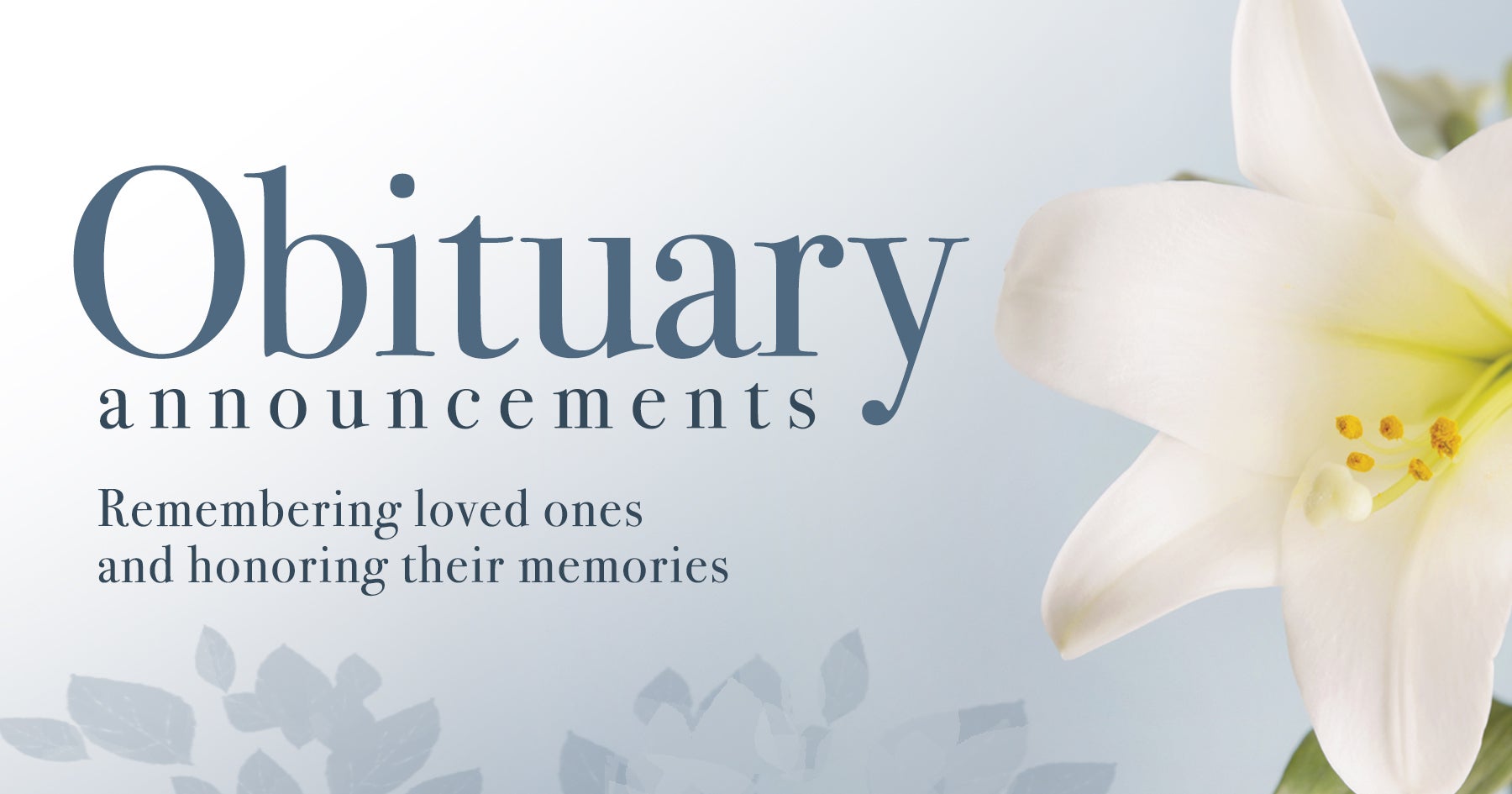Hank’s Mysterious Last Ride
Published 7:00 am Saturday, January 6, 2024
|
Getting your Trinity Audio player ready...
|
By: Gerald Hodges
Just before sunrise on New Year’s Day in 1953, a sleek baby-blue Cadillac pulled up to the rural Oak Hill, West Virginia, hospital in the cold darkness. Slumped in the backseat was 29-year-old Hank Williams. The driver, Charles Carr of Montgomery, who was just seventeen, was exhausted and scared.
“I knew something was wrong with Hank,” Carr said in a 2007 interview. “I had asked directions to the closest hospital. When I got there, I went inside and explained my situation to the medical staff. They came out, and after examining him, told me he was dead.
“There was nothing they could do for him,” Carr recalled.
Williams’ music lives on. His fame has reached much higher levels since his death, than he ever experienced during his lifetime.
But the one part of his life that will always remain a mystery is his death. Since Carr died in 2013, there are very few people left that can relate to any events of that last ride.
In late December 1952, Williams had come down with the flu and was in bed at his mother’s boarding house in Montgomery. He had two shows booked, one in Charleston, West Virginia on Dec. 31 and the other in Canton, Ohio on New Year’s Day.
On the morning of Dec. 30, 1952, Williams hired 17-year-old Carr, who was home for the holidays from Auburn University.
On the afternoon of Dec. 31, Williams checked into Knoxville’s Andrew Johnson Hotel at 7:08 pm. Records show Dr. Paul Cardwell, the hotel’s doctor and Knoxville physician visited Williams that night. Cardwell later testified that he gave Williams a shot of morphine to control the convulsions from a bad case of hiccups.
Carr said that Williams fell out of bed and bruised his head. This bruise became a point of controversy during the later investigation and was never fully explained.
A call came from Williams’s agent in Montgomery. The show in West Virginia had been canceled, and Carr was instructed to get Williams in the car and head towards Canton.
Carr said in an interview that Williams was fully dressed all the time. He also reported that Williams was pushed in a wheelchair to the car.
It is believed that as Carr drove out of Knoxville on Highway 11 and picked up a hitchhiking soldier. Trying to make up time, Carr passed a Greyhound bus and almost ran into a Tennessee Highway Patrol Officer. The officer turned around and stopped the Cadillac. He listed a third person as being in the car in his report. He allowed them to continue, but noted that Williams was covered with an overcoat.
They headed on towards Bristol, Virginia and stopped at the Burger Bar, a diner that is still in existence. Carr said, “I remember Hank got out to stretch his legs and I asked him if he wanted a sandwich or something. He just said, ‘No, I just want to get some sleep.’” Carr said that was the last time he remembers talking to him.
No one has ever validated Carr’s statements that Williams got out of the car in Bristol. After getting a snack, Carr pulled out and headed towards Bluefield, Virginia. It was between 2:30-3 a.m.
By this time Carr was exhausted. He stopped at the Dough Boy Diner where he met cab driver Don Surface. The pair struck a deal. Surface would be paid fifty dollars plus a bus ticket back home in exchange for driving to Canton.
The travelers left the restaurant around 4:30 a.m. Whatever happened to the soldier remains a mystery, because no one in Bristol or Bluefield remembers seeing him.
With Surface at the wheel, Carr quickly went to sleep in the passenger’s seat. The trio reached Beckley, West Virginia, where Surface realized he had missed a turn and stopped at a service station on Main Street.
The owner came out and Surface tried to wake Carr, but was unable to. He then tried to wake Williams and became alarmed. The owner of the station looked at , and said, “Boys, I think you’ve got a problem. There’s a hospital six or seven miles up the road, and I suggest you take him there immediately.”
Carr immediately headed for the hospital, where was pronounced dead.
Some biographies have speculated that Williams died at a Knoxville hotel and that porters unwittingly placed his corpse in his car for the trip north. Still others have him dying on the road with an unfinished song in his hands, bedroom slippers on his feet and a pint of vodka in his coat pocket.
“Not true,” said Carr, who maintains Williams was very much alive and wearing white cowboy boots, a stylish blue overcoat and a white fedora when he left Knoxville at 10:45 p.m, New Year’s Eve en route to a concert 500 miles north in Canton, Ohio.
“The story seems to get better as every year goes by,” continued Carr. “But Hank’s life doesn’t need to have anything added to it. It was sensational enough as it was.”
Williams spent much of his boyhood years in the small town of Georgiana, next to the L&N Railroad tracks. He lived several years as a boy in a house that is now the Hank Williams Boyhood Home And Museum. Adjoining the house and museum is a five-acre park, which is the site of the Annual Hank Williams Festival.
It is at this location that thousands of faithful Hank Williams fans gather each year to renew old acquaintances, fellowship and listen to some of the best and original country music in the world.
The 2024 festival will be held May 31-June 1. It is an outdoor event, sponsored by the Hank Williams Boyhood Home and Museum. There is no reserved seating, so bring your lawn chairs.
Ole Hank would be proud of this year’s lineup of entertainers because it will be one of the best in years. Included are many nationally known artists and bands.
In keeping with the Hank Williams tradition, fans will find the atmosphere, entertainers, and organizers to be one of the friendliest festivals in America, where cold drinks are still only one dollar.
For additional information, visit the festival website: www.hankwilliamsfestival.com, or call: 251-626-4086.





